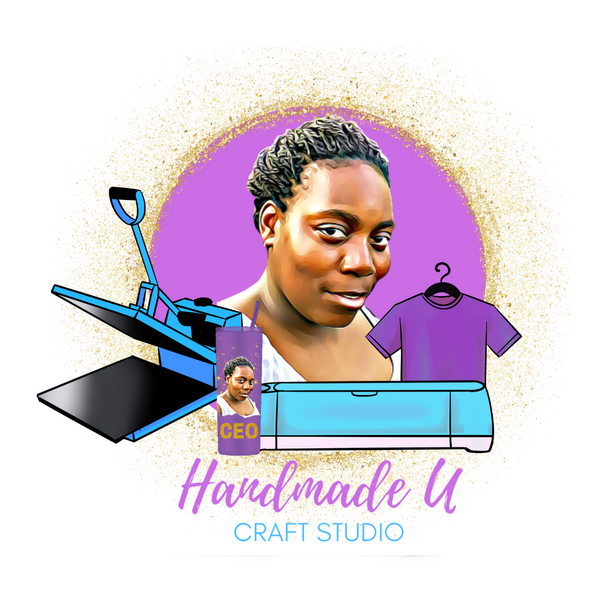When and How to Pay Yourself as a Craft Business Owner
Because You Deserve More Than Leftovers
Let’s get straight to it:
You didn’t start your handmade business just to hustle endlessly and never see the fruit of your work.
You didn’t build a brand, create amazing products, pour your creativity into packaging, promotion, and customer care… just to end the month with nothing in your pocket.
But that’s what happens when we don’t have a plan to pay ourselves first.
So let’s talk about it:
How to pay yourself as a craft business owner, when it makes sense to start, and how to build a system that grows with you.
Can You Really Pay Yourself in the Beginning?
Here’s the honest answer:
Yes—and no.
In the very beginning, a lot of what you make may need to go back into the business (materials, tools, branding, market fees, etc.). That’s totally normal.
But here’s what’s not sustainable:
Waiting years to pay yourself “until you’re bigger” or “when you feel ready.”
Because the truth is, that moment doesn’t just appear—it has to be built into your business from the start.
So even if your income is small, you can (and should) start setting aside a tiny percentage just for you—even if it’s $5, $10, $20 per sale.
It’s not about the amount.
It’s about the habit.
Why Paying Yourself First Matters
It’s not selfish. It’s smart.
Paying yourself:
-
Reinforces that this is a real business, not just a hobby
-
Helps prevent burnout (because free labor forever = resentment)
-
Builds financial stability and self-trust
-
Allows you to invest in you, not just your biz
You deserve to benefit from your business—not just serve it endlessly.
When Should You Start Paying Yourself?
Here’s a simple rule of thumb:
Once your monthly business revenue consistently covers your basic costs (materials + overhead), start paying yourself something. Even if it’s small.
This could happen in month 3, 6, 12, or longer—it depends on your pricing, production, and sales volume.
But don’t wait for “perfect.” Start with possible.
How to Pay Yourself: 3 Easy Methods
1. Percentage-Based Pay (Profit First Style)
-
Choose a small percentage (even 5–10%) of every sale or monthly profit
-
Transfer that amount to a separate personal account
-
As your business grows, increase the percentage
✅ Example: You make $1,000 in a month, with $700 in expenses
➡️ Profit = $300
➡️ Pay yourself 10% = $100
2. Fixed Monthly Paycheck
-
Pick a flat amount to pay yourself every month (based on your average income)
-
Keep it consistent to build habits and stability
-
Re-evaluate each quarter based on growth
✅ Example: You decide to pay yourself $250/month for now. If income dips, you scale back—if it grows, you increase it.
3. Pay Per Product
-
Build your labor cost and your owner profit into your pricing
-
With each sale, set aside your “owner cut” before reinvesting the rest
-
Great for solopreneurs doing small-batch or made-to-order work
✅ Example: Each candle earns $12 profit after costs. You set aside $4 for your “owner pay” fund per sale.
Tips for Making It Work
💡 Price for profit, not just cost coverage.
If there’s no profit margin, there’s nothing to pay yourself with. Build in your wage and owner’s share on purpose.
💡 Track your income + expenses weekly or monthly.
Clarity makes confident decisions easier. (Check out my DIY tracking post if you need help here!)
💡 Don’t spend it all.
Even if you’re paying yourself, save for taxes, future supplies, and surprise expenses. A healthy biz has cushion.
💡 Celebrate your first payday—no matter how small.
Treat yourself like the boss you are. Even $25 is a start.
Action Step: Start Paying Yourself This Month
-
Choose your pay method
-
Decide on a % or flat rate
-
Create a system to separate business and personal income (2 bank accounts or envelopes work just fine!)
-
Schedule a “payday” and stick to it
You don’t have to wait until you “arrive” to start earning.
You’re already putting in the work.
Now it’s time to pay yourself like you matter—because you do.
